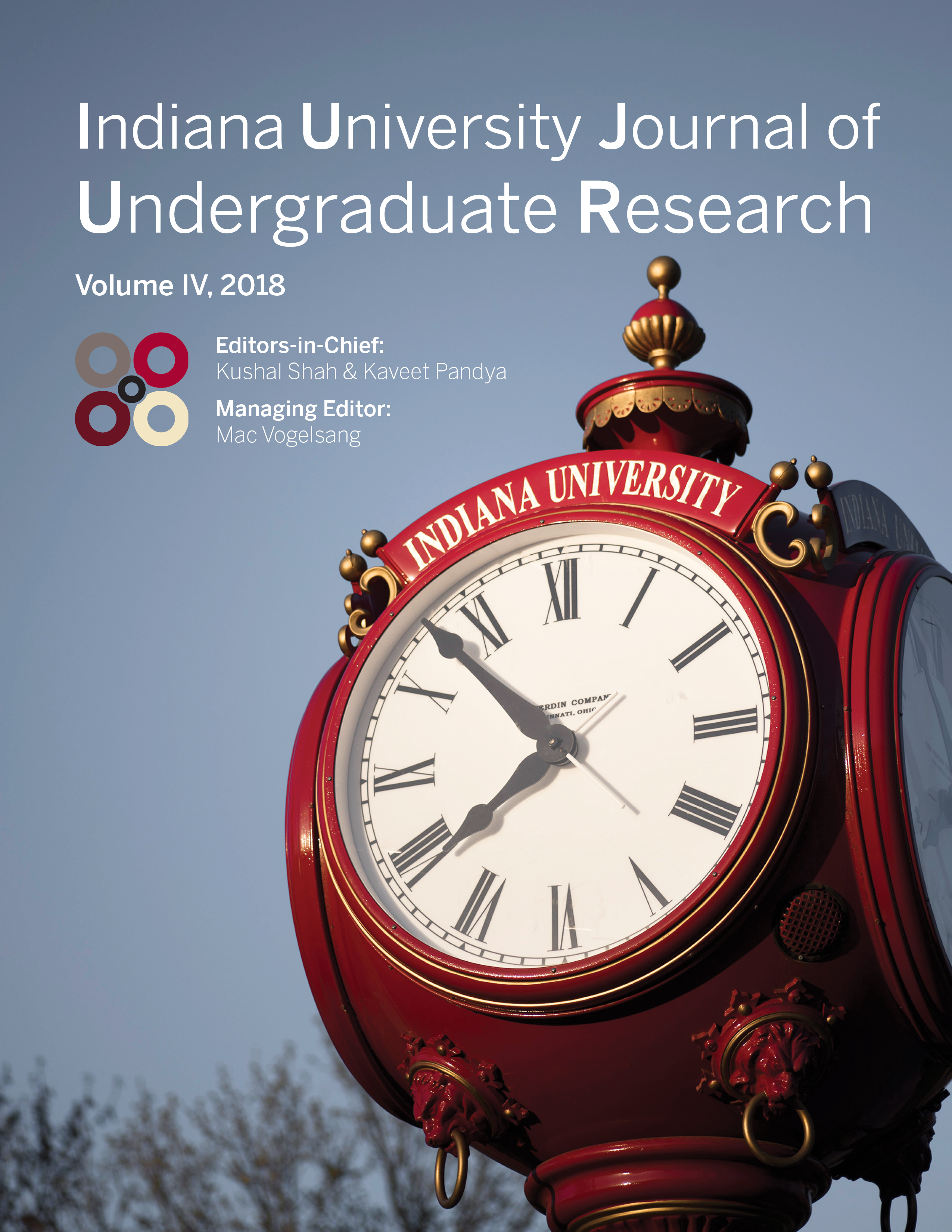Non-Stationarity in Stochastic Distributions of Cryptocurrency Returns
Main Article Content
Abstract
This paper uses a functional approach to analyze the distributions of weekly returns in Bitcoins on leading cryptocurrency exchanges. The results present strong evidence for non-stationarity, which suggests unpredictability and time-varying statistical properties. In addition, non-stationary fluctuations tend to be primarily concentrated in even moments, such as volatility and kurtosis—however their effect is significant and persistent in every moment, including higher moments. The analysis in this paper proposes that the Bitcoin market is maturing and tending towards stability, but retains a high degree of unpredictability in the case of random shocks due to underlying market dynamics.
Downloads
Article Details
Authors who publish with this journal agree to the following terms:
- Ownership of the copyright shall remain with the Author, subject to IUJUR’s use and the rights granted by the Creative Commons license assigned by the Author. A Creative Commons Attribution-NonCommercial 4.0 International (CC BY-NC 4.0) license will be applied to the published work unless otherwise indicated in the Student Author Contract. The CC BY-NC 4.0 license (https://creativecommons.org/licenses/by-nc/4.0/) lets others remix, tweak, and build upon the published Work non-commercially, and although the new works must also acknowledge the original IUJUR publication and be noncommercial, they don’t have to license their derivative works on the same terms.Authors are able to enter into separate, additional contractual arrangements for the non-exclusive distribution of the journal's published version of the work (e.g., post it to an institutional repository or publish it in a book), with an acknowledgement of its initial publication in this journal.
- Authors are permitted and encouraged to post their work online (e.g., in institutional repositories or on their website) prior to and during the submission process, as it can lead to productive exchanges, as well as earlier and greater citation of published work (See The Effect of Open Access).
References
Balcilar, M., Bouri, E., Gupta, R., & Roubaud, D. (2017). Can Volume Predict Bitcoin Returns and Volatility? A Quantiles-Based Approach. Economic Modelling, 64, 74-81.
Chang, Y., Kim, C. S., & Park, J. Y. (2016). Nonstationarity in Time Series of State Densities. Journal of Econometrics, 192, 152-167.
Das, K. N., & Spicer, J. (2016, July 21). How the New York Fed Fumbled Over the Bangladesh Bank Cyber-Heist. Thomson Reuters.
Nakamoto, S. (2009). Bitcoin: A Peer-to-Peer Electronic Cash System. Retrieved from bitcoin.org/bitcoin.pdf
Reuters. (2017). Cboe, CME to launch bitcoin futures contracts. Securities, U., & Commission, E. (2018). Initial Coin Offerings (ICOs). Retrieved from https://www.sec.gov/ICO
Wang, S., & Vergne, J.-P. (2017). Buzz Factor or Innovation Potential: What Explains Cryptocurrency Returns? Plos One, 12.

